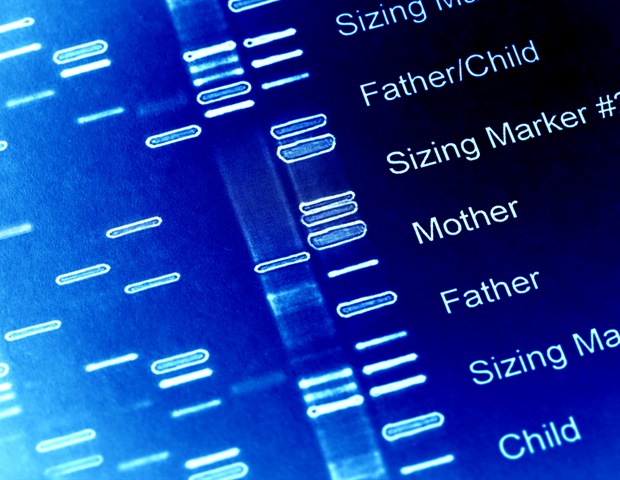
Oat is among the many prime ten cereal crop species by way of world manufacturing. It could possibly adapt to totally different climates, and farmers can develop it efficiently even in harsh environments the place different crops resembling rice and corn fail. Nevertheless, not all oat crops are the identical.
Based mostly on their grains, two main oak varieties can simply be distinguished: hulled, grains which are coated in a non-edible husk, and bare, grains which have a delicate outer casing that simply separates from the edible grain throughout threshing.
To realize data on the origins of those totally different varieties, researchers in China have sequenced the genomes of over 100 oat crops from world wide. Their analyses point out that, in contrast to what’s the present perception -; that the 2 varieties got here from one domestication occasion, the hulled and bare oat have been domesticated independently. The work is revealed within the Open Science journal GigaScience.
It’s believed that the frequent oat (Avena sativa), which in the present day is grown everywhere in the world, was domesticated in Europe round 3,000 years in the past. In distinction, the origins of bare oat, which in the present day is grown primarily in China, stay unclear.
Many researchers regard bare oat as a variant of hulled oat, speculating {that a} mutation occurred after hulled oat was launched into China. Nevertheless, new inhabitants genomic information generated and analyzed by the laboratory of Prof. Bing Han at Inside Mongolia Agricultural College (IMAU) inform a unique story.
Slightly than being a variant of frequent oat that separated comparatively just lately, the authors estimate that hulled oat and bare oat diverged round 51,000 years in the past. They due to this fact speculate that the 2 varieties have been domesticated independently a very long time in the past, relatively than one being a current by-product of the opposite. The analyses within the research embody a set of complete genome sequences, together with 89 bare oat and 22 hulled oat crops, in addition to 4 different carefully associated hexaploid species from world wide.
Extra findings on this research arising from a deeper evaluation of this huge information set help this view. For instance, if bare oat cut up just lately from hulled oat, geneticists anticipated to see traces of a inhabitants bottleneck within the bare oat, which might have lowered the genetic range within the bare oat inhabitants. Nevertheless, the scientists discovered the other: of their information, the genetic range of bare oat is greater than that of hulled oat, not the opposite manner round.
The general image rising from the info nonetheless stays relatively advanced, Prof. Bing Han explains:
The breeding of bare oat in China has gone via phases, together with the direct assortment and utilization of landraces, cross-breeding between bare oat varieties, and cross-breeding of bare oat with hulled oat.”
Bing Han, Professor, Inside Mongolia Agricultural College
All of this could improve the intricacy of the findings, leaving an awesome deal extra to find in regards to the genetic historical past of bare oat.
The findings on this work reveal the ability of large-scale genome sequencing to raised perceive the domestication historical past of one of many main crop species that’s feeding the world in the present day.
Supply:
Journal reference:
Nan, J., et al. (2023) Genome resequencing reveals unbiased domestication and breeding enchancment of bare oat. GigaScience. .